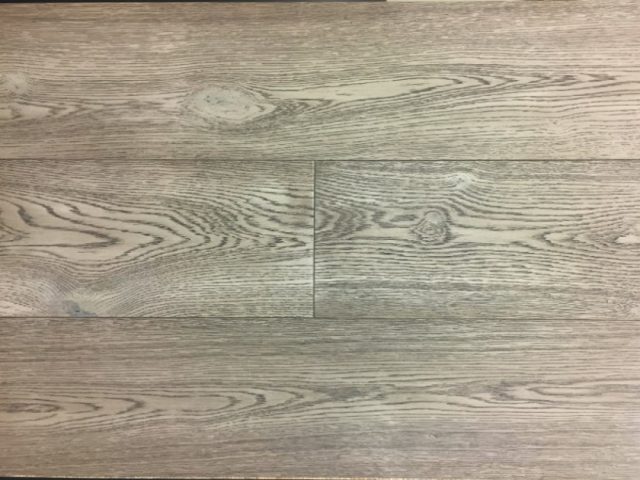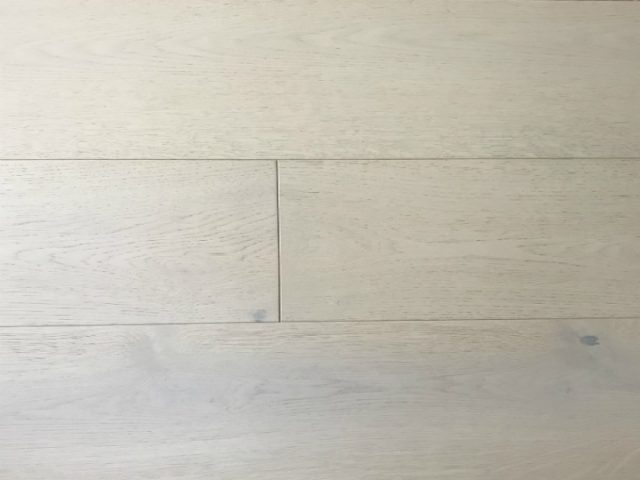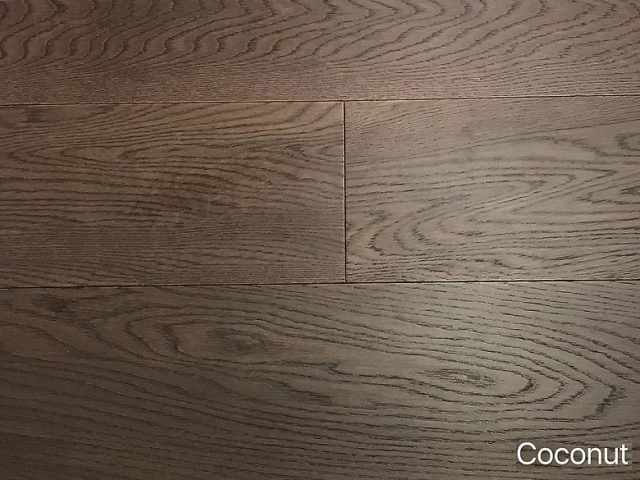Engineered Hardwood
Engineered wood flooring is composed of two or more layers of wood in the form of a plank. The top layer (lamella) is the wood that is visible when the flooring is installed and is adhered to the core. The increased stability of engineered wood is achieved by running each layer at a 90° angle to the layer above. This stability makes it a universal product that can be installed over all types of subfloors above, below or on grade. Engineered wood is the most common type of wood flooring used globally.
The several different categories of engineered wood flooring include:
3 Ply or Multi-Ply Engineered Flooring
Which type of floors are the best: multi-ply engineered flooring or 3 ply floors? When choosing the flooring for your home, you want to make sure you’re getting the best of the best. And when you’re choosing engineered hardwood flooring, the type of core that used in the flooring is crucial as well.
In engineered hardwood floors, the section of your flooring underneath the top hardwood wear layer is made up different core layers. Because of this, your floor’s durability depends on this core too. When you use multi-ply engineered flooring, there are more layers of plywood, which makes the floor stronger.
But it’s not only the fact that there is plywood that makes the floor strong. One other main reasons is because of its durability. The plywood is strong and it is more stable, which means it won’t change (expand or contract) as much as solid wood with weather and moisture fluctuations. This makes your floor stronger and less likely to warp when the temperature and relative humidity levels change. Because the plywood is held together with glue, it is also more resistant to water damage when compared with 3 ply.
To put it simply, the plywood is one of best available options.
Making your choice will depend upon three key elements:
3 ply vs multi-ply engineered flooring
These are the two most popular options for engineered flooring. But which one is best for your floors? And how does the plywood affect your floor’s longevity? 3 ply flooring is made up of 3 separate layers of wood. The wood grain on the top layer runs opposite of the middle layer, and the bottom layer is the same direction as the top. The middle layer is made up of one single piece of plywood. Sometimes, this isn’t even solid plywood, but actually plywood dust consolidated into a block. Because of this, the floor isn’t very durable or resilient and will often expand or contract when the temperature of your home changes. This could result in your floors cracking, cupping, or become otherwise damaged. Multi-ply engineered flooring is made up of multiple plywood layers. Usually there are an odd number of layers, such as 5, 7, 9, or 11. For each layer, the plywood runs in a different direction so it is more resistant to warping. The multiple layers and directions create a grid of reinforcement to prevent the wood from moving and make it more resistant to the damage mentioned above. Ultimately, it is a fact that multi-ply engineered flooring is the better option. It is a stronger flooring option, will last longer, is more resilient and resistant to warping, and is overall more durable than 3 ply.3 ply flooring
- 3 layers of flooring
- Wood grains run in opposite directions through the layers
- Sometimes just plywood dust, not solid wood
- More sensitive and susceptible to moisture damage
- More sensitive and susceptible to warping with temperature changes
Multi-ply engineered flooring
- Multiple layers of plywood, and solid hardwood on top
- Plywood layers run in opposite directions to provide structure
- Less likely to warp from temperature or moisture changes
- More durable flooring overall
- Your budget. Generally speaking, a 3-ply board will be cheaper than a multi-ply board because there is less work involved in its construction. In addition, the thinner the board and the thinner the lamella, the cheaper the product will be. With both three and multi-ply options, you should be able to find anything from a 15mm thick board that has a 3mm top layer up to a 20mm board with a 6mm lamella. Needless to say, the thicker the board, the more stable your floor is likely to be, but in places where your subfloor is dry and level, you should be able to get away with a thinner board, which will cost you less.
- The conditions. When you are deciding between three ply and multi-ply engineered wood flooring, it’s important to consider the conditions in your room, as well as the moisture content moisture content of the sub floor. A three-ply board is more likely to risk damage through moisture and temperature fluctuations than a multi-ply board.
- Whether or not you have under floor heating. If you have under floor heating, because of the direct influence of the heat, multi-ply boards are generally recommended. That said, the board you choose needs to be suitable for installation over under floor heating. If you are in any doubt, you should check with your flooring supplier.
All timber wood floors are made from sawn wood and are the most common category of engineered wood flooring. They do not use rotary-peeled veneer, composite wood (such as HDF), or plastic in their construction.
Veneer floors use a thin layer of wood over a core that is commonly a composite wood product.
Acrylic-impregnated wood flooring uses a layer of wood that is impregnated with liquid acrylic then hardened using a proprietary process.
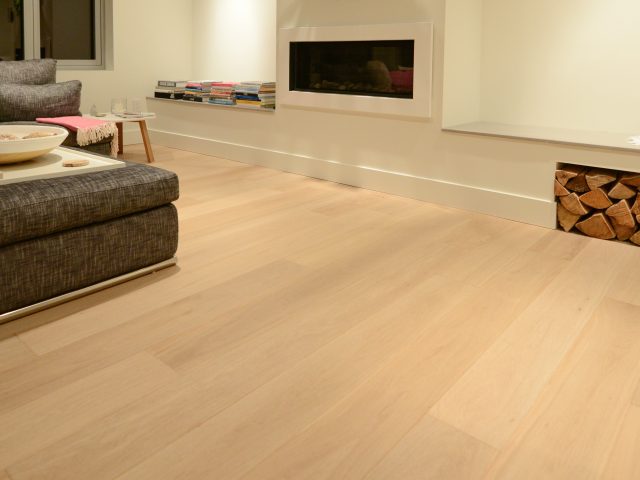
O a k Hardwood
Oak hardwood flooring offers a nice natural wood grain look that most hardwood floor consumer looking for it. Oak is a very common wood and for a long time is been used as a flooring product but many
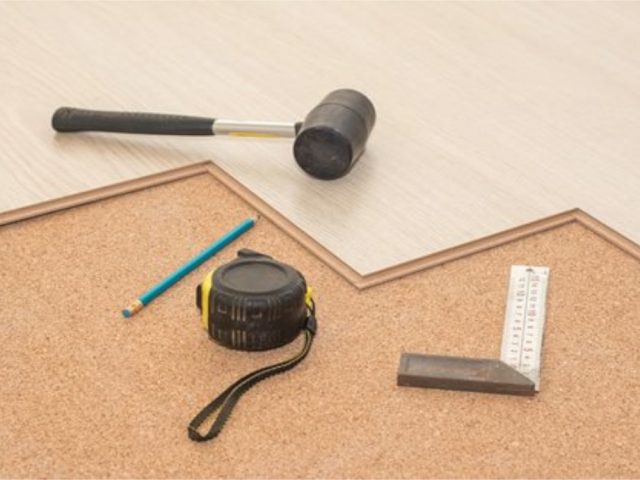
Flooring Underlayment
There are different types of natural and synthetic flooring underlay: Natural Underlay: Cork underlay and Felt Underlay are made from natural materials. Cork Underlay: The cork underlay is a great nat

